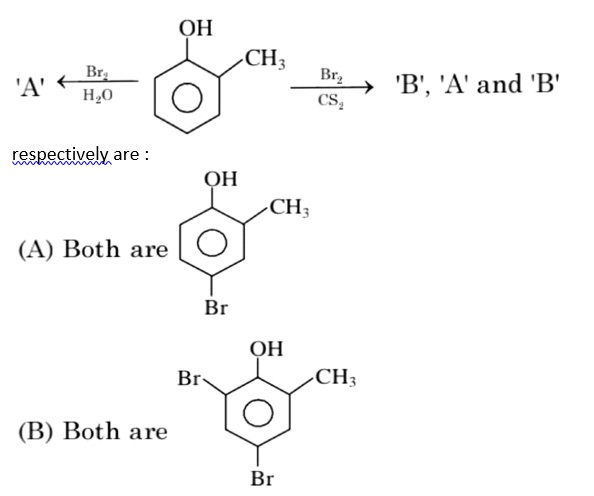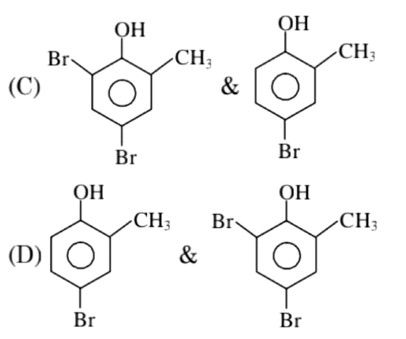9.30 A solution of [Ni(H2O)6] 2+ is green but a solution of [Ni(CN)4] 2– is colourless. Explain.
9.30 A solution of [Ni(H2O)6] 2+ is green but a solution of [Ni(CN)4] 2– is colourless. Explain.
-
1 Answer
-
In case of [Ni (H2O)6]2+ H2O is a weak field ligand, so it does not cause the pairing of the unpaired electron of Ni2+ ion. Thus there is possibility of the intra d-d transition from the d orbital of lower energy to that of higher energy. Thus the light is absorbed from the visible region and complimentary colour is observed. But in case of [Ni (CN)4]2– CN- is strong field ligand.
Therefore it will cause pairing of the unpaired electrons of Ni2+ ion. There are no unpaired electrons present, so there is no d-d transition and hence it is colourless.
Similar Questions for you
CoCl3.NH3 + AgNO3
x = 5
In H2O (polar solvent) dibromophenol derivative and in CS2 (non-polar solvent moneobromo phenol derivate is obtained.
3d => 4d => 5d CFSE increases for the same ligands.
Factual
⇒ leaching methods is used for those metal in which metal is more soluble than impurities and these are Al, Au, Ag, low grade Cu
σ bonded organometallic compound ⇒ M – C
σ-bond
and in π – bonded organo metallic compound
M – C
π bond
In ferrocene, there is π-bond
Taking an Exam? Selecting a College?
Get authentic answers from experts, students and alumni that you won't find anywhere else
Sign Up on ShikshaOn Shiksha, get access to
- 65k Colleges
- 1.2k Exams
- 679k Reviews
- 1800k Answers



